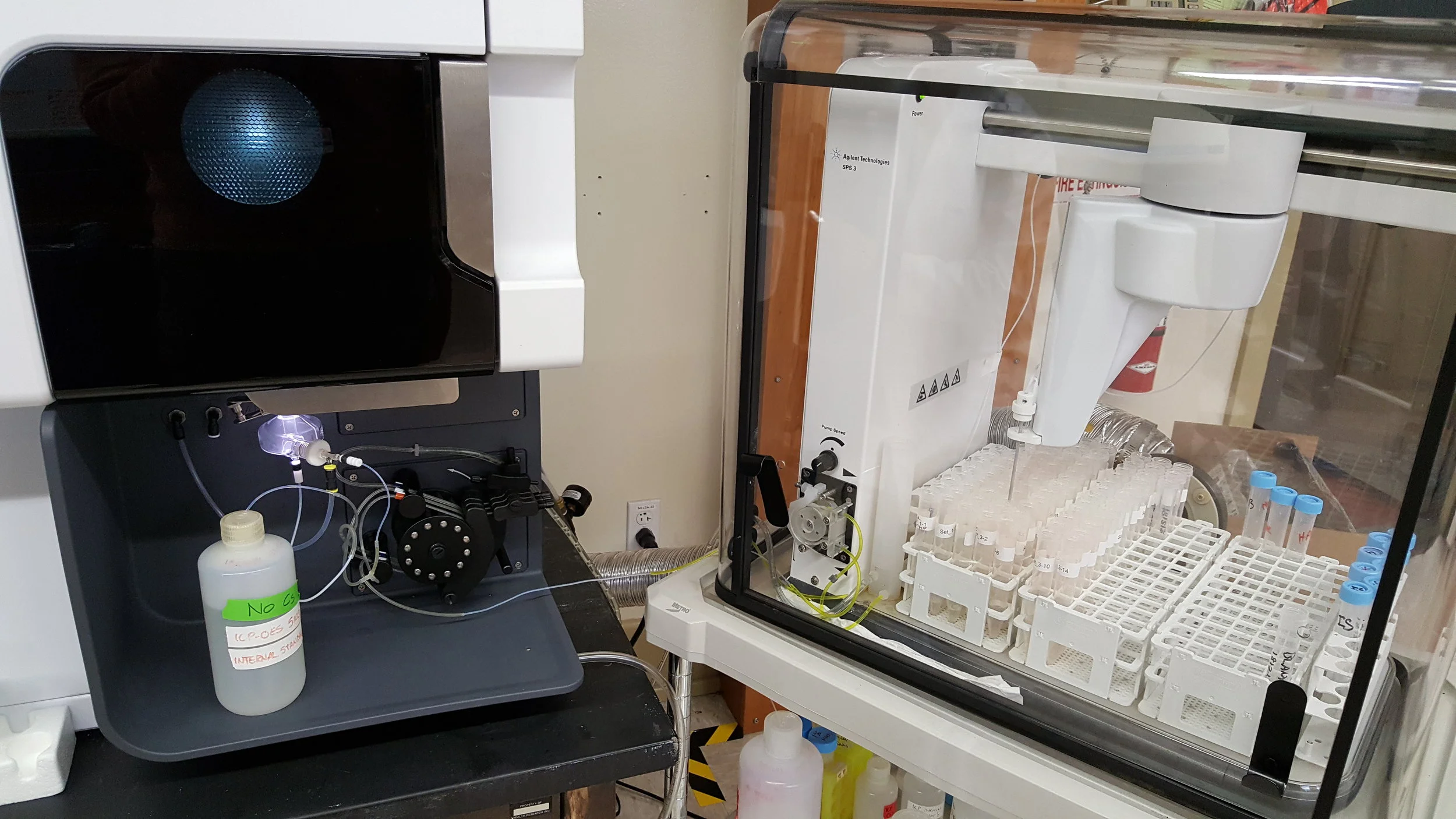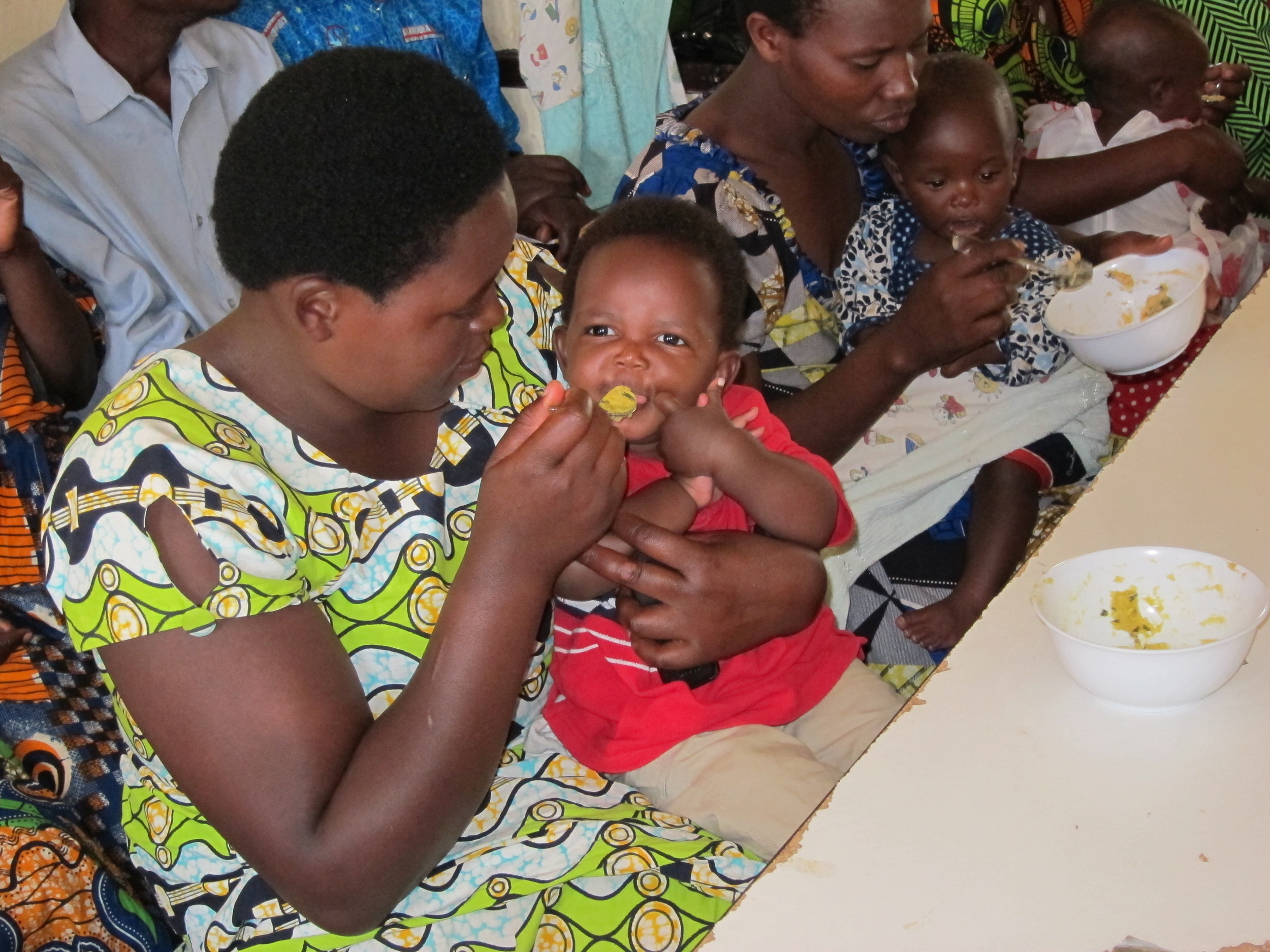Julie Long from the University of Colorado, Denver shares insights from a recently published study investigating zinc absorption from micronutrient powders (MNP) in Bangladeshi toddlers at risk of environmental enteric dysfunction.
"Apart from contributing to the generation of knowledge, getting involved in this study was a memorable experience for me, as working with children of this age is always lots of fun and challenging at the same time. Julie, Novo and I had to spend long hours in the Clinical Trial Unit, but it never felt boring." – Dr. Prasenjit Mondal
Many young children in low-resource settings, such as Bangladesh, have malnutrition with poor growth and high rates of stunting. Deficiencies of micronutrients are also high, including for iron and zinc. Zinc deficiency, which causes poor growth, is prevalent in Bangladesh, with rates of nearly 50% in young children. In recent years, there has also been increasing recognition of the role of the subclinical disorder environmental enteric dysfunction (EED) on this poor growth. EED causes gastrointestinal dysfunction, nutrient malabsorption and inflammation.
As of current, the WHO recommends point-of-use fortification with MNP that contain 5 mg of zinc for children in setting where anemia rates are greater than 20%. It is unclear if the 5 mg of zinc in MNP is sufficient to meet the needs of children with EED and zinc deficiency, as children with both of these conditions are suspected to have higher requirements.
This question led researchers at the University of Colorado Denver and the International Centre for Diarrhoeal Disease Research, Bangladesh to collaborate on a project to answer the following:
· How do children with EED absorb zinc and is 5 mg enough to meet their needs?
· What dose of zinc in MNP is needed to meet the estimated requirements of children at risk for EED?
Researchers recruited toddlers at risk for EED from the peri-urban slums in Dhaka, Bangladesh. Children were randomized to receive MNP with 0, 5, 10, or 15 mg of zinc. Upon enrollment, toddlers’ gut function was measured using the lactulose:mannitol ratio (L:M). Absorbed zinc from a day’s total intake (including MNP of assigned dose) was measured, using stable zinc isotope tracers. Researchers also measured total dietary zinc and phytate, and assessed intestinal inflammation.
Although the investigators intended to identify children with both normal and abnormal gut function, results indicated that virtually all children had evidence of gut dysfunction, i.e. consistent with EED. Zinc absorption was remarkably lower for all MNP doses. The data indicated that a MNP dose of at least 10 mg would be needed to meet requirements. This is in contrast to infants in the U.S. who were found to be able to meet zinc requirements with only ~ 3-4 mg/day. Secondary analysis of biomarkers of intestinal and systemic inflammation were also high for most enrolled children.
The extent to which zinc absorption was impaired for these children was greater than predicted. The results suggest that children at risk for EED and zinc deficiency likely need MNP with more than 5 mg of Zn to meet their nutritional needs to support healthier growth and development.
Read more about IZiNCG’s ZiPT Trial, which also addresses the question of zinc dose in MNPs, here.
Read more about zinc supplementation here.
Photo credit: World Bank Photo Collection

















